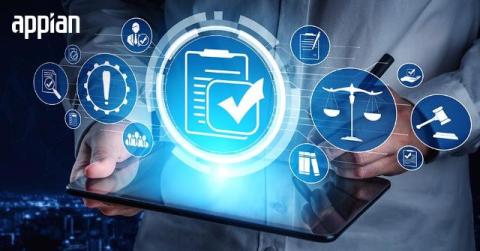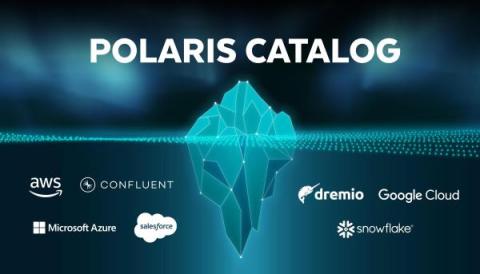AnswerThePublic: Unlocking Insights from Search Queries
In the digital age, understanding the pulse of public interest is crucial for web professionals. AnswerThePublic, a cutting-edge search listening tool, has emerged as a vital resource for tapping into the collective inquiries of internet users worldwide. With over 15 years of experience in content strategy, many experts have seen tools come and go, but AnswerThePublic stands out for its ability to transform raw search data into actionable insights.











